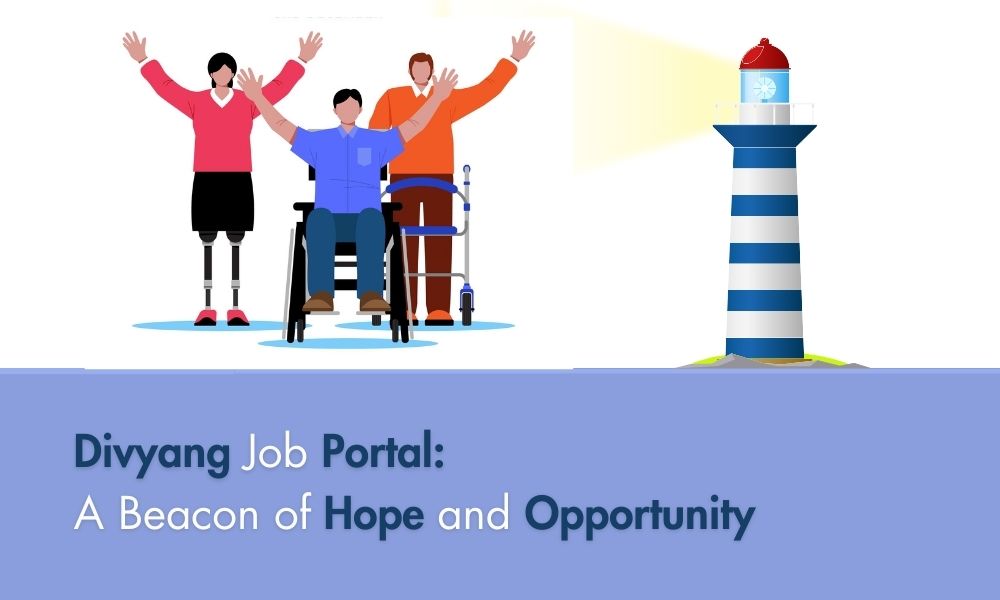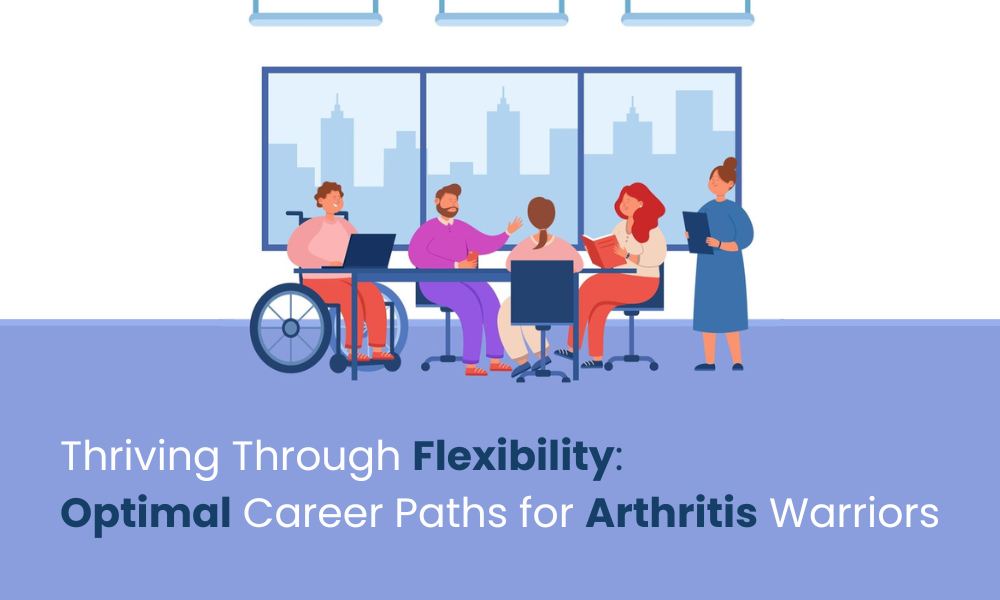Thriving Through Flexibility: Optimal Career Paths for Arthritis Warriors
Are you an arthritis warrior looking for an optimized career path to both accommodate your disability and propel you towards success? This blog post is perfect for you. We will be discussing the importance of flexible working environments and strategies to make them work in your favor, even if it means stretching outside of your comfort zone. From personalized schedules tailored to medical appointments, open conversations with employers about accommodations, alternative ways to demonstrate qualifications on a job application – we’re here to offer guidance for finding success in challenging circumstances!
Overview of Arthritis and How it Can Impact Career Decisions
Arthritis is a debilitating health condition that can impact every aspect of a person’s life, including their ability to work. Despite common misconceptions, arthritis doesn’t just affect the elderly, and it’s not just a minor inconvenience. People living with arthritis often experience chronic pain and restricted movement, making it challenging to carry out daily tasks and maintain their jobs. For some, the impact on their career can be so severe that they may need to consider alternative options or even be classified as “handicapped.” However, with the right support and accommodations, many people with arthritis can continue to work and thrive in their chosen careers. Educating employers and the wider community about arthritis and its impact is essential for creating a more inclusive and accessible working environment for everyone.
Identifying Job Opportunities That Accommodate Your Physical Limitations
Being a person with physical limitations should not hinder one’s career aspirations. Promoting career development for people with disabilities involves identifying job opportunities that accommodate their needs and abilities. Employers should make reasonable accommodations to enable disabled individuals to carry out the essential functions of their jobs. Examples of reasonable accommodations include wheelchair ramps, modified workstations, or assistive technology. For job seekers, it is important to research potential employers and assess whether they have a culture of inclusion and accommodate the needs of their employees. With determination and support, individuals with disabilities can pursue fulfilling careers and contribute to the workforce.
Making a Schedule That Allows For Flexible Working Hours
Making a schedule that allows for flexible working hours can be particularly important for disabled individuals who are moving for work. It can be challenging for disabled people to find work that meets their unique needs, and moving for work could mean having to start all over again. Creating a schedule that accommodates both personal and professional needs can provide the necessary sense of stability and control over one’s life, making it easier to manage the transition. Having flexible working hours also means being able to adapt to any unexpected challenges that may arise, such as health issues or personal appointments. Overall, establishing a schedule that allows for flexibility can make a huge difference in the lives of disabled individuals who are embarking on a new professional journey.
Exploring Remote Working Opportunities to Create Autonomy Over Your Workload
In today’s workforce, remote work has become more popular than ever before. People now have the opportunity to work from the comfort of their own home or anywhere in the world. This presents a unique opportunity for those who may have trouble accessing traditional work environments like those with disabilities. Remote work gives individuals the flexibility to create a work environment that caters to their specific needs and abilities. Disability services are also incredibly important in ensuring that these individuals have the tools and resources they need to be successful in their careers. By exploring remote working opportunities, people with disabilities can take control of their workload and create a better work-life balance.
Utilizing Adaptive Technology to Enhance Your Productivity
In today’s fast-paced world, productivity is key. With so many demands on our time and attention, finding ways to work more efficiently is crucial. One way to enhance your productivity is by utilizing adaptive technology. Adaptive technology is designed to make tasks easier and more efficient, assisting individuals with disabilities or other challenges. For example, if you’re looking to find jobs, there are adaptive technologies that can help you search for opportunities, apply for positions, and even track your applications. By embracing adaptive technology, you’ll be able to work smarter, not harder, and streamline your workflow to achieve more each day.
Seeking Out Supportive Resources to Help You Reach Your Professional Goals
In today’s competitive job market, it’s more important than ever to seek out supportive resources to help you reach your professional goals. While your employer is a vital resource, don’t overlook other opportunities like professional organizations, mentorship programs, and networking events. These support systems can provide valuable insights, connections, and guidance as you navigate your career path. Additionally, seeking out resources beyond your employer can demonstrate your commitment to personal and professional growth, which can lead to new opportunities and advancements within your existing company. Don’t hesitate to explore all options available to you as you strive to reach your professional goals.
Final Words
Arthritis does not have to define your career; you can still find meaningful, fulfilling work. Finding job opportunities that are accommodating to your physical limitations, exploring remote working opportunities as a way to take control of your workload, utilizing adaptive technologies to increase productivity and seeking out helpful resources all present viable solutions for those challenged with arthritis. With the right support system and an individualized plan that meets your needs, you can be on the path to reach your professional goals. Don’t let arthritis leave you feeling powerless; connect with others in the community who have faced similar challenges and develop strategies together on how best to achieve what you set out to do.













